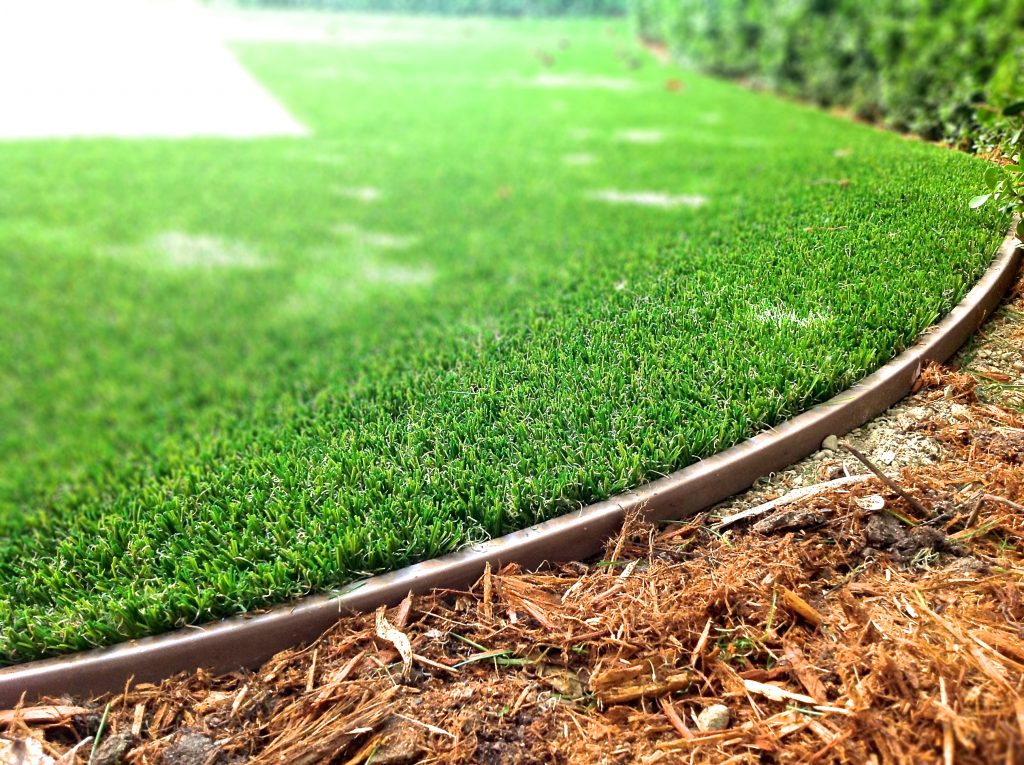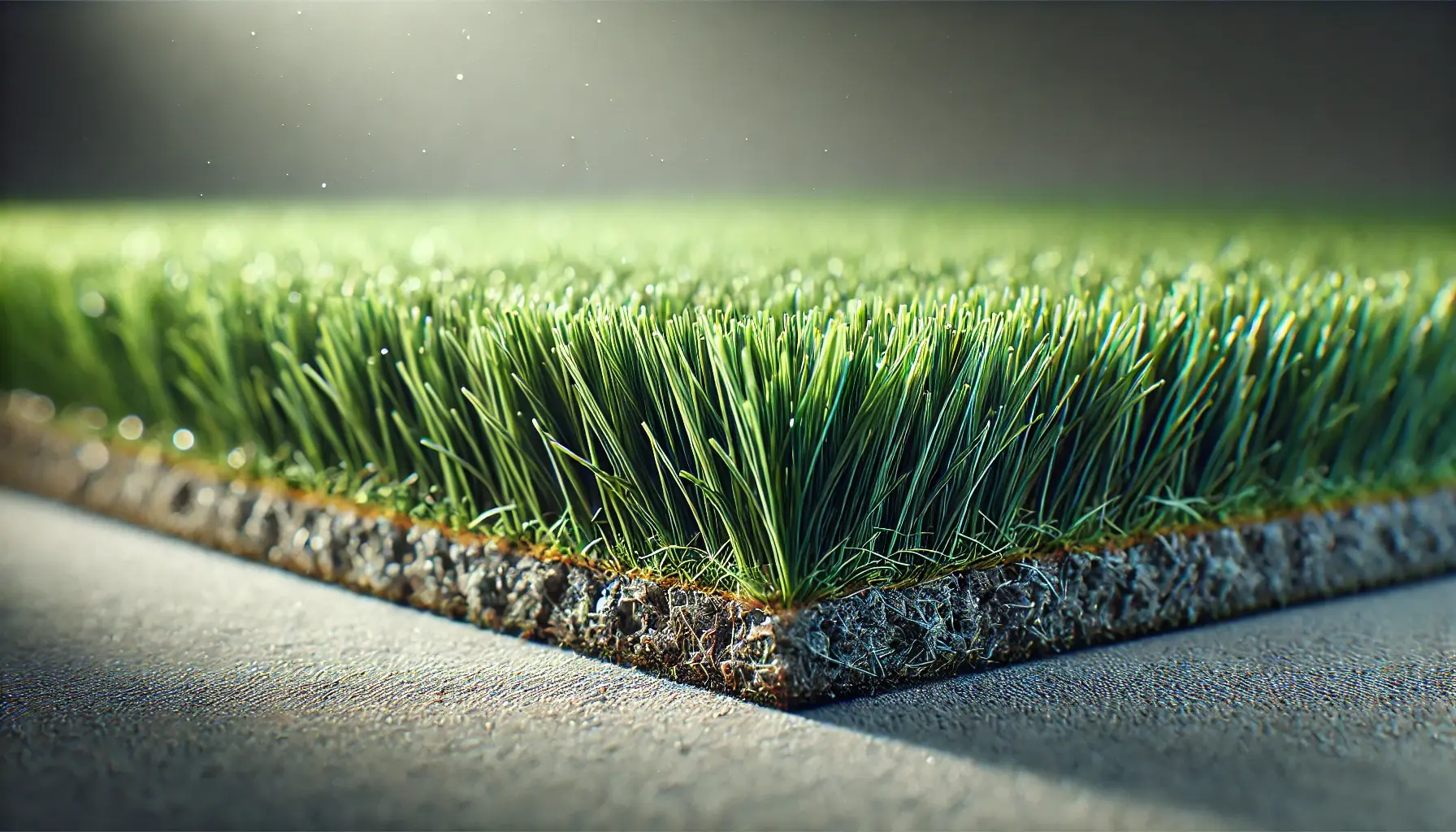Highly-Ranked Phoenix Turf Companies Providing Synthetic Grass Solutions
Highly-Ranked Phoenix Turf Companies Providing Synthetic Grass Solutions
Blog Article
Delve Into the Environmental Advantages of Opting for Synthetic Grass Solutions
The adoption of artificial turf services presents a compelling chance to address pressing environmental challenges. By substantially lowering water usage and minimizing the application of hazardous chemicals, these choices not just advertise sustainable landscape design yet also protect neighborhood ecosystems.
Water Preservation Perks
One of the most significant advantages of artificial lawn is its ability to preserve water. In comparison, fabricated turf does not need watering, significantly reducing the overall need for water resources.
By eliminating the demand for normal watering, synthetic grass adds to lasting landscape techniques and helps mitigate the ecological impact of too much water usage. The preservation of water expands to the decrease of runoff, which can lead to dirt disintegration and river contamination.
Furthermore, the installation of synthetic grass permits house owners and districts to allot water resources much more effectively, concentrating on vital usages such as alcohol consumption water and farming. The change towards synthetic lawn not just advertises responsible water usage but also aligns with more comprehensive environmental goals focused on maintaining natural deposits.
As communities increasingly prioritize sustainability, the water preservation benefits of synthetic turf provide an engaging situation for its adoption in domestic and business landscaping projects.
Decreased Chemical Usage
The transition to synthetic grass significantly decreases the dependence on chemical therapies typically utilized in natural turf upkeep. Standard lawn monitoring normally includes the application of herbicides, chemicals, and fertilizers to advertise growth and control bugs. These chemicals can present risks to human wellness, regional wildlife, and the environment, adding to soil and water contamination.
On the other hand, synthetic grass gets rid of the need for these dangerous compounds. Once mounted, it requires very little upkeep, primarily being composed of normal cleaning and infrequent infill replenishment. This decrease in chemical use not only profits the instant environment however additionally adds to broader eco-friendly security. By reducing the launch of synthetic substances right into the community, fabricated turf advertises much healthier dirt and water systems.
In addition, the lack of chemical drainage related to synthetic grass setups assists safeguard regional waterways from contamination, sustaining aquatic life and preserving biodiversity. Phoenix turf companies. As areas significantly prioritize sustainable methods, choosing for synthetic grass presents a practical service that lines up with ecological preservation goals. Through this shift, home owners can enjoy lavish green areas without compromising ecological wellness, leading the way for an extra sustainable future
Reduced Carbon Footprint

Furthermore, the installment of synthetic grass can cause considerable water preservation. Natural yards require significant quantities of water for irrigation, which not just contributes to the carbon impact related to water extraction and treatment but likewise pressures neighborhood water resources. On the other hand, fabricated turf needs very little maintenance, calling for no watering, therefore significantly minimizing water usage and its connected power prices.
In addition, the durability of man-made lawn adds to its decreased carbon impact. With a life expectancy of as much as 15 years or even more, the need for constant substitutes is diminished, resulting in less waste and reduced power intake in production and throwing away typical turf options. In general, man-made turf provides a sustainable option for environmentally conscious landscape design.
Environment Conservation
Environment conservation is a vital consideration in the argument over landscaping choices, especially when comparing synthetic turf to all-natural yard. All-natural grass yards frequently require comprehensive maintenance, consisting of using herbicides, pesticides, and plant foods, which can negatively impact local ecological communities. These chemicals can seep into the dirt and rivers, damaging indigenous vegetation and fauna and disrupting local environments.
On the other hand, synthetic grass presents an opportunity to reduce the environmental footprint of landscape design. visit this site By going with artificial turf, property owners can minimize the disturbance of all-natural environments connected with typical yard care methods. Artificial grass removes the requirement for damaging chemicals, therefore safeguarding neighboring wild animals and maintaining the stability of bordering ecosystems. Moreover, the installment of artificial grass can bring about the conversion of previous turf locations right into more biodiverse landscapes, such as pollinator gardens or native plant locations, which can support local wildlife.
Ultimately, the transition to synthetic grass not just saves water and minimizes upkeep initiatives however also fosters an extra harmonious relationship in between human tasks and the native environment, promoting habitat preservation while doing so.
Long-Term Sustainability
Long-lasting sustainability is a vital consider examining the benefits of synthetic grass over conventional grass lawns. One of one of the most considerable benefits of man-made grass is its sturdiness; it can last up to 15-20 years with marginal upkeep, whereas natural grass calls for regular reseeding and replacement. This long life minimizes the need for consistent resources, such as water, fertilizers, and chemicals, which are vital for maintaining a healthy and balanced yard lawn.
In addition, man-made turf adds to a reduction in carbon exhausts associated with grass treatment equipment. Typical yards often require gas-powered mowers, leaners, and blowers, all of which contribute to air contamination. Arizona turf. On the other hand, synthetic grass removes the requirement for such devices, promoting a cleaner atmosphere
In addition, the manufacturing of man-made turf progressively utilizes recycled products, boosting its sustainability profile. As producers take on environment-friendly practices, the environmental footprint of man-made lawn remains to reduce.

Verdict
The fostering of artificial turf services presents substantial environmental advantages, including substantial water conservation, lowered dependence on damaging chemicals, and a lower carbon footprint. Moreover, fabricated lawn aids in protecting natural habitats by minimizing land disturbance and advertising lasting sustainability via the use of sturdy products. Collectively, these variables emphasize the capacity of synthetic grass to contribute positively to environmental wellness and use a feasible choice to typical landscape design practices in an increasingly resource-conscious globe.
In contrast, artificial lawn does not need watering, considerably lowering the overall need for water resources. By minimizing the launch of synthetic compounds right into the community, artificial grass read this article advertises healthier dirt and water systems.
Furthermore, the installment of synthetic turf can result in significant water conservation. In comparison, synthetic turf requires very little upkeep, requiring no watering, consequently substantially decreasing water use and its associated energy prices.

Report this page